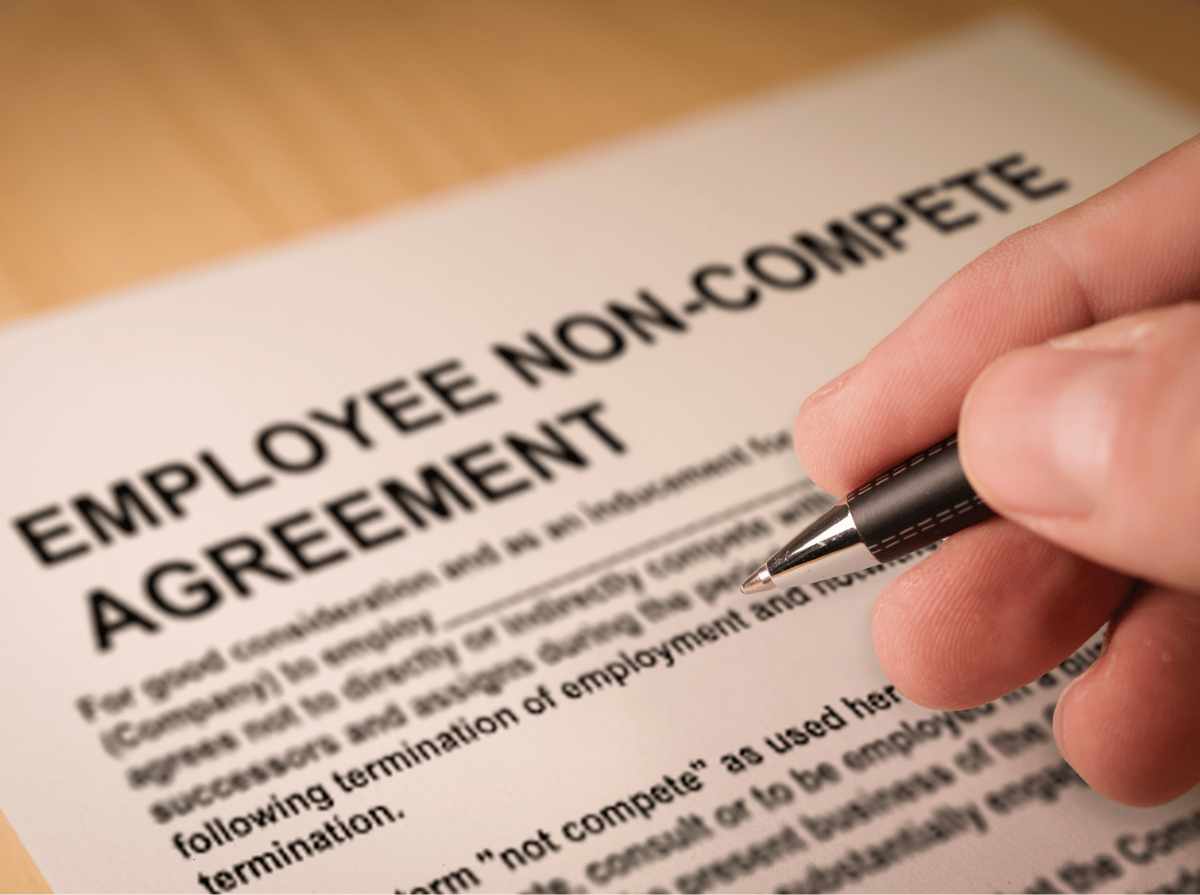What is Consultation and when do you need to do it?
Any major changes in your workplace that will impact your employees such as roster or ordinary hours of work alterations or redundancies, for example, would be considered major changes. We have also seen recently that the introduction of vaccine requirements in workplaces also required a consultation process, where government mandates were not in place if they were to be upheld by Fair Work.
Firstly, let’s look at what consultation isn’t. Consultation is not just telling your team about a decision that’s already been made. Instead, consultation necessitates that you ask for, and consider, employee’s views when making decisions on significant change.
Consultation doesn’t mean that the employees, or their unions, have final say on any businesses changes you wish to make. Employers who follow the path of consultation and cooperation will still have the right to make the final decision on how they will manage their business. However, employees who feel heard and are engaged in their process of pending change can be more cooperative when final decisions are announced.
It’s not to say you will always receive 100% agreement on your decisions, but it will be a better outcome than landing a great big, unexpected change on your team that leaves them feeling shellshocked. And no matter how discreet you think you are being; employees always get a sense when something is up and if they suspect major change is looming, anxiety and worry will peak, impacting productivity and morale.
Simple path to compliance
In short, there are usually three elements when it comes to the process of consultation:
- Informing your employees about the pending change.
- Allowing employees the chance to provide feedback
- Considering employee feedback prior to any final decisions being made.
You will need to provide your team with information about the potential changes which include the nature of the change, any likely impacts on employees and any other pertinent facts that will influence any feedback. You absolutely are NOT required to divulge any confidential or commercially sensitive information through this process.
Allow for in person (where possible) meetings when it comes to feedback and discussion and ensure everything is documented.
Also be aware that it is in your best interests to approach the consultation process with an open mind. You may have a predetermined view of what you want the outcome to be, but amazing things can happen when people are presented with facts and are provided with the opportunity to have input. Creative solutions not previously considered can ensue. Allow yourself to be open to the ideas and not closed off to great options.
Do I have to consult?
For those major changes that substantially impact employees, mostly the answer will be yes, you do need to consult. Legislation, modern awards and EBA’s set out consultation requirements but you can always check in with the HR Staff n’ Stuff team if you are unsure or need guidance.
When it comes to best practice overall, in order to retain and engage quality employees, we highly recommend that you utilise a consultative process for a range on internal decisions such as process improvements, client management, problem solving and so on. We understand that this is not always practical or viable but creating a collaborative environment encourages employees who actually sit on the frontlines to put forward constructive ideas. This in turn may avoid overengineered solutions from management as those “on the tools” may have easy to implement, cost effective solutions that can only come from their hands on experience and understanding of the work. You will also benefit from more engaged, satisfied and productive employees who feel valued and heard.
Thus, the lesson today is that consultation can be a requirement that can ensure you remain compliant so follow the steps and contact us if you need support. But consultation doesn’t need to be a legislated obligation to make it a useful tool that can assist you in making improvements within your business. You may be pleasantly surprised by the ideas that come from asking your team for their input so go on, give it a go!








